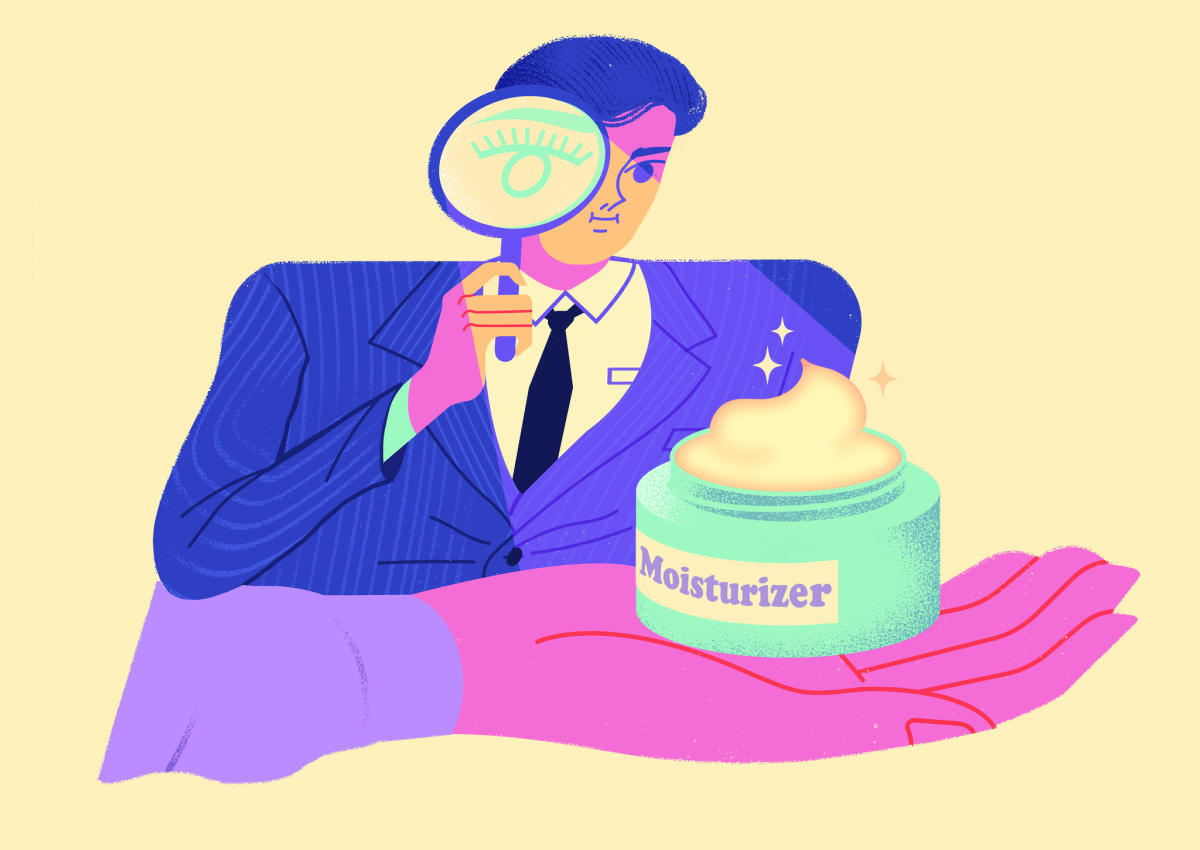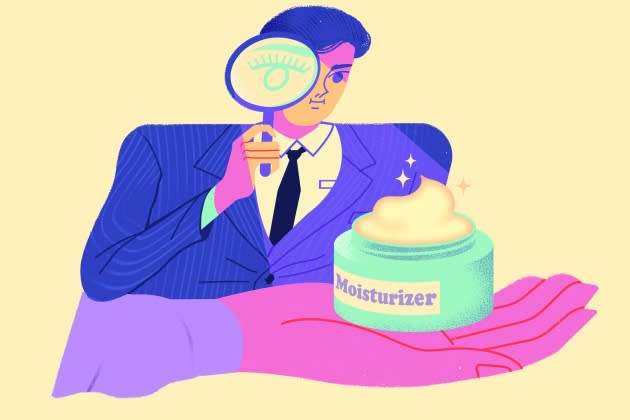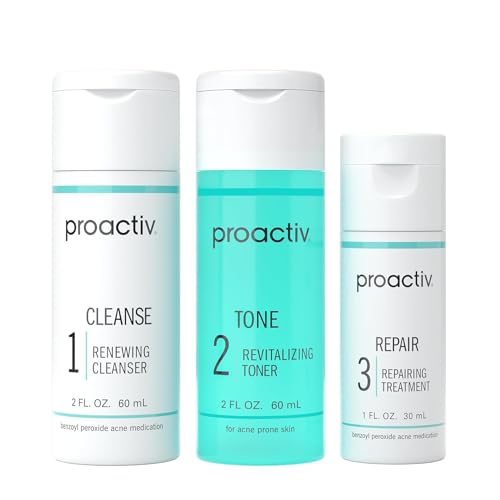Views: 0
While beauty standards have changed significantly, if you’re a skin care company hoping to be acquired by a strategic then you need to be at least a perfect 10.
“I always say if there were 10 boxes that needed to be checked to get a deal through an investment committee you could get away with maybe having eight of them. Now you have to have 10 plus two more,” said Ashleigh Barker, a director at Lincoln International’s consumer group. “The criteria and thresholds to get deals done — it’s just much higher now than it used to be.”
More from WWD
In the past year or so, a clutch of skin care players came to market that on paper make sense as a strategic target, but no one bit, leaving the companies to pause their processes and take stock.
While the M&A market has slowed across the board due to economic volatility, high interest rates and difficulty accessing credit, this has impacted the private equity world when it comes to beauty deals more than the strategics.
Instead, the latter have become increasingly picky over potential assets, based on what they already have on their rosters due to a big acquisition spree over the past decade, and changing consumer trends when it comes to buying skin care.
“The strategics are being a lot pickier about the assets that they’re investing in and doing a lot more due diligence and really digging into the assets to understand them. Yes, for the right asset there are strategic homes and you will get a premium. But you have to check certain boxes for it to be the right strategic fit,” said Nadia Pelaez, director at RBC Capital Markets Consumer & Retail Group.
“What I’m hearing right now that the brands that are just based on marketing and talking to consumers the right way aren’t the brands that are cutting it,” she continued. “There are great brands out there that were in the market and didn’t meet the cut whether it was because they didn’t tick one of the boxes that the strategics have or because the founder or the private equity investor wanted a valuation that was too high for what they were selling.”
In particular, the strategics are understood to be focused more than ever on skin care that is efficacious and backed by actual clinical studies and not just anecdotal or consumer evidence, with Palaez noting that buyers are digging into the formulations of products to understand if they really work.
Part of the reason for this is while so-called “clean” formulations have become table stakes, consumers have become more savvy when it comes to ingredients and what they actually do, triggering the surge in interest in derm-backed and professional brands.
This was highlighted by a 2022 study by Trendalytics on ingredient searches. Leading the way were copper peptides, which garnered an average of 4,000 weekly searches (an 81 percent increase versus 2021), and amino acid L-glutamine, which garnered 52,000 weekly searches — a 78 percent increase versus 2021.
Kelly McPhilliamy, managing director of Harris Williams, said, “Efficacy has always been important but coming out of the pandemic you also have consumers who are better educated about science and they’re looking for real results.”
That’s not to say big deals aren’t getting done. Indeed, just look at L’Oréal’s recent acquisition of Aesop, the Australian luxury personal care company, from Natura & Co., valuing the brand at more than $2.5 billion and making it the beauty giant’s biggest deal ever.
What’s more, L’Oréal is understood to still be in an acquisitive mood even after spending all this cash on Aesop.
“As we’ve seen with deals that were just announced, there’s still an appetite and demand for quality assets,” Barker added.
And even some private equity-backed players are still on the hunt. Take Orveon, which acquired Bare Minerals, Laura Mercier and Buxom in a $700 million deal that closed in 2021. It wants to add premium skin care brands to its roster, with a goal of completing its first deal by January 2024; it is understood to already be in exclusive due diligence with some brands.
“I’ve always had the vision to create a collective of five brands,” said chief executive officer Pascal Houdayer. “I want to compliment the three makeup brands with two skin care brands.”
As for what impact all of this will have on valuations, McPhilliamy said: “Our view is that the most premium assets will continue to garner premium valuations. But brands that are, I would say, the sort of A-, B+ quality brands versus the A+ brands, will be the ones that will face any sort of valuation impact first.”
Best of WWD











